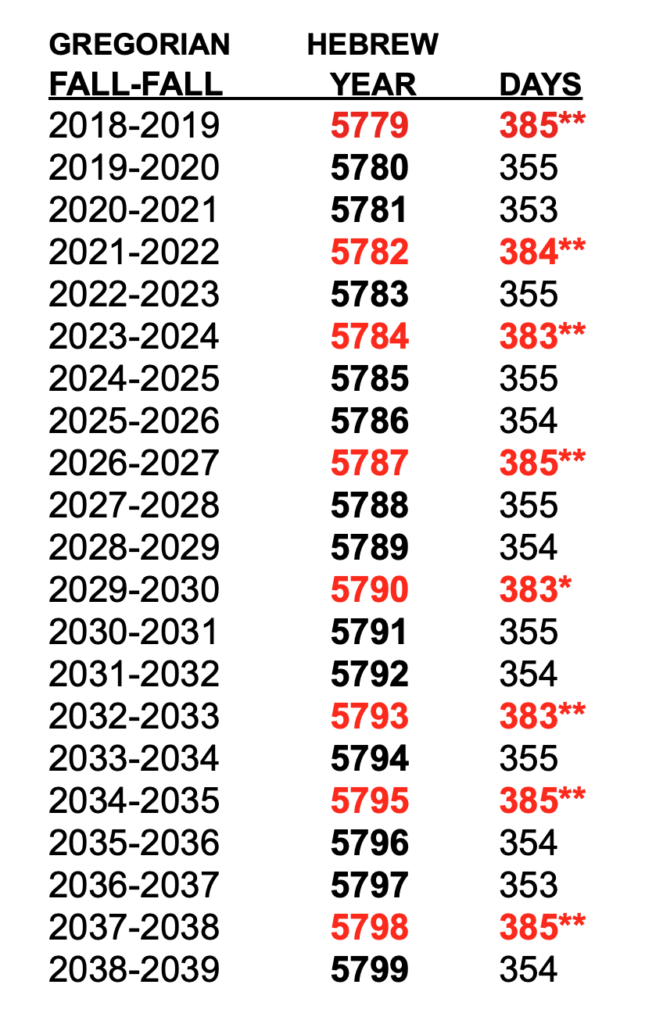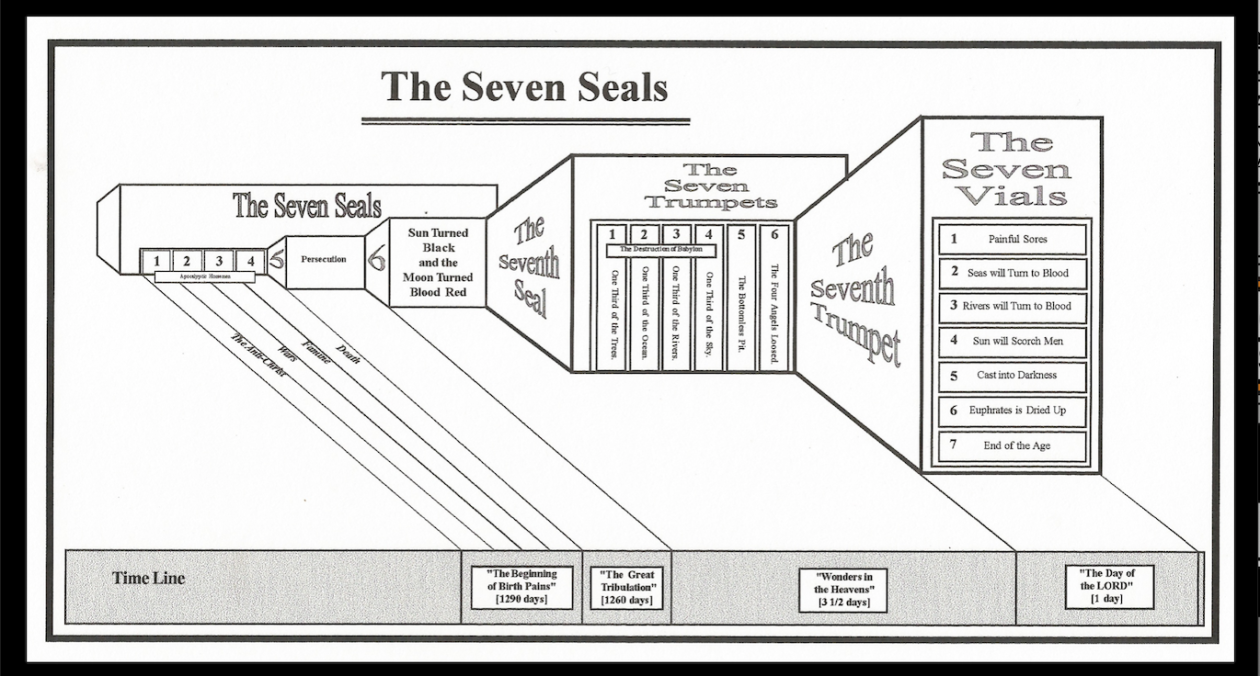Two of Yeshua’s better known messages are the parable of the Sower and the parable of the Wheat & Tares. These two parables are significant because they exemplify this ancient culture’s close ties to the raising of crops. Knowing when to plant their crops was paramount. A system of lunar-based observations was devised to determine the solstice which is reflected in the Hebrew calendar.
Like the Gregorian calendar, the Hebrew calendar also has twelve months. From a Biblical perspective the first month is Nisan.
It is around the month of Nisan that the planting of the crops begins and when the Spring feast are held, usually between the months of March and April.
The next month is Iyar, followed by Sivan, Tammuz, Av, Elul and Tishri. It is around the month of Tishri that the harvesting of the crops begins. And it is during Tishri that the Fall feast take place, usually between the months of September & October
Following Tishri is Cheshvan, Kislev, Tavet, Sheva and Adar.
You need to be aware that the civil Hebrew calendar, as we know it today, marks Tishri the first month of the civil calendar year, making the Feast of Trumpets the start of the New Year. Please note, debating which month starts the New Year is not the premise of this study. My position is that the Biblical account is the final authority. That said, for the purpose of this study, we will be using the civil Hebrew calendar.
As we proceed, you will notice both variables and consistencies within the Hebrew calendar.
One consistency is that the days of each month rotates between 29 and 30 days. This is because it takes roughly 29 1/2 days for the Moon to make one complete orbit around the Earth. The Moon completes twelve orbits around the earth every 354 days.
Two examples of variables can be found with the months of Cheshvan & Kislev. Under civil guidelines, Cheshvan can be changed to 30 days and Kislev can be changed to 29 days.
When Cheshvan is converted, you will see three months in a row having 30 days, with the year totaling 355 days.
When Kislev changes, you will see three months with 29 days in a row, with the yearly total of 353 days.
These anomalies are unique only to Cheshvan & Kislev and are designed to accommodate deviations in the calculations for the solstice.
The civil Hebrew year fluctuates between 353, 354 & 355 days. With each falling ten plus days short of the 365-day solar year.
To compensate for this shortcoming, Hebrew scholars add an additional 30-day month every two or three years. This additional 13th month is situated after Shevat and is called Adar I. Adar remains 29 days and is then renamed Adar II.
The fluctuations associated with Cheshvan and Kislev continue during these leap years. The number of days in these leap years are 383, 384 and 385 respectively.
To help visualize these fluctuations, I have created this chart which spans 20 years.

It begins with the Hebrew year 5779, which starts in the Fall of 2018, and runs through to the Fall of 2019. And its duration is 385 days.
The chart ends with the year 5799, which is equivalent to the Fall of 2038, through to the Fall of 2039, and has 354 days.
Note that the years bolded in red are leap years and have durations of 383, 384, and 386 days, respectively.
Simply stated, this is how the civil Hebrew calendar works.
Details can be found at: 
Click this link to the right for your: 

